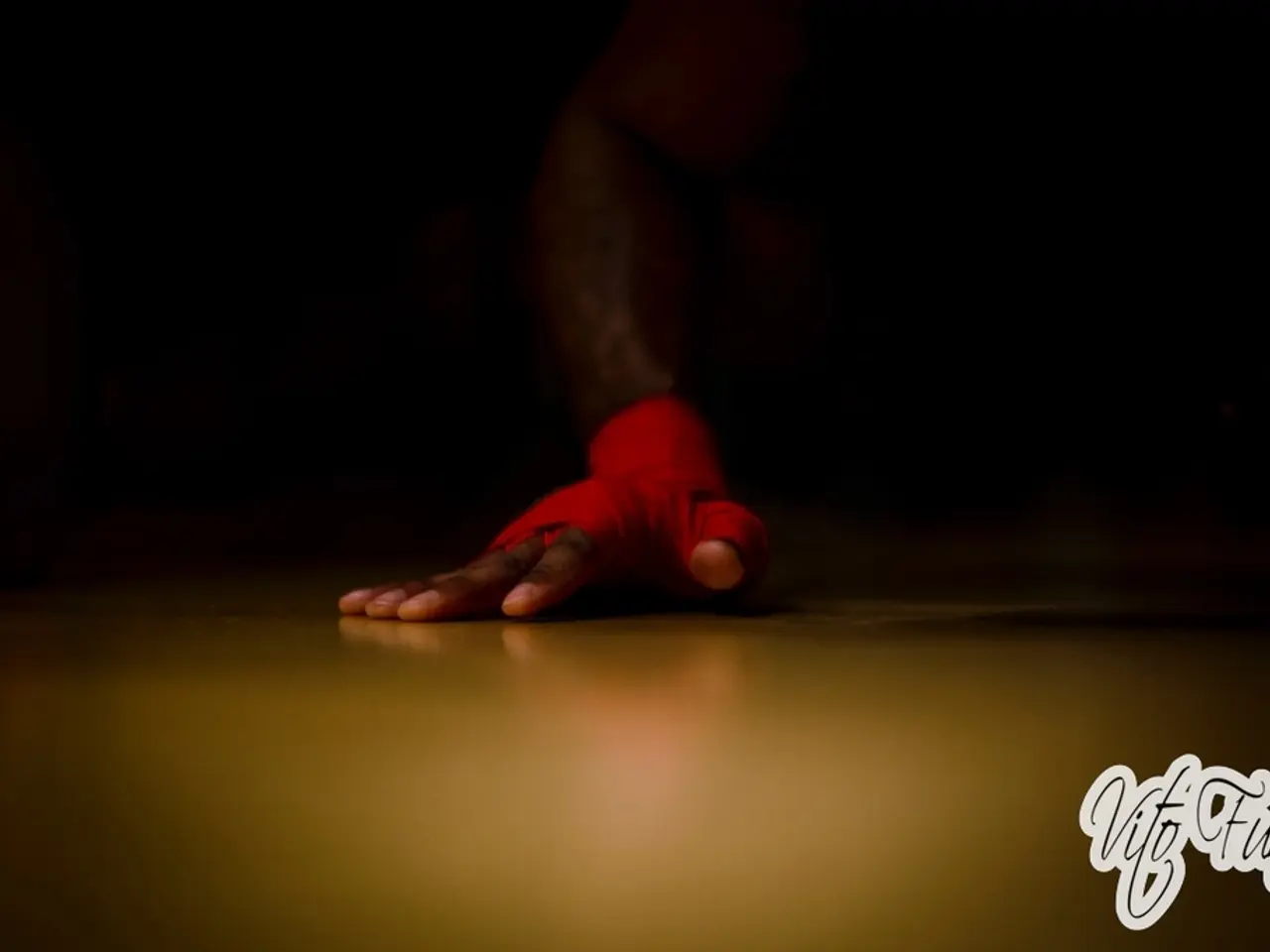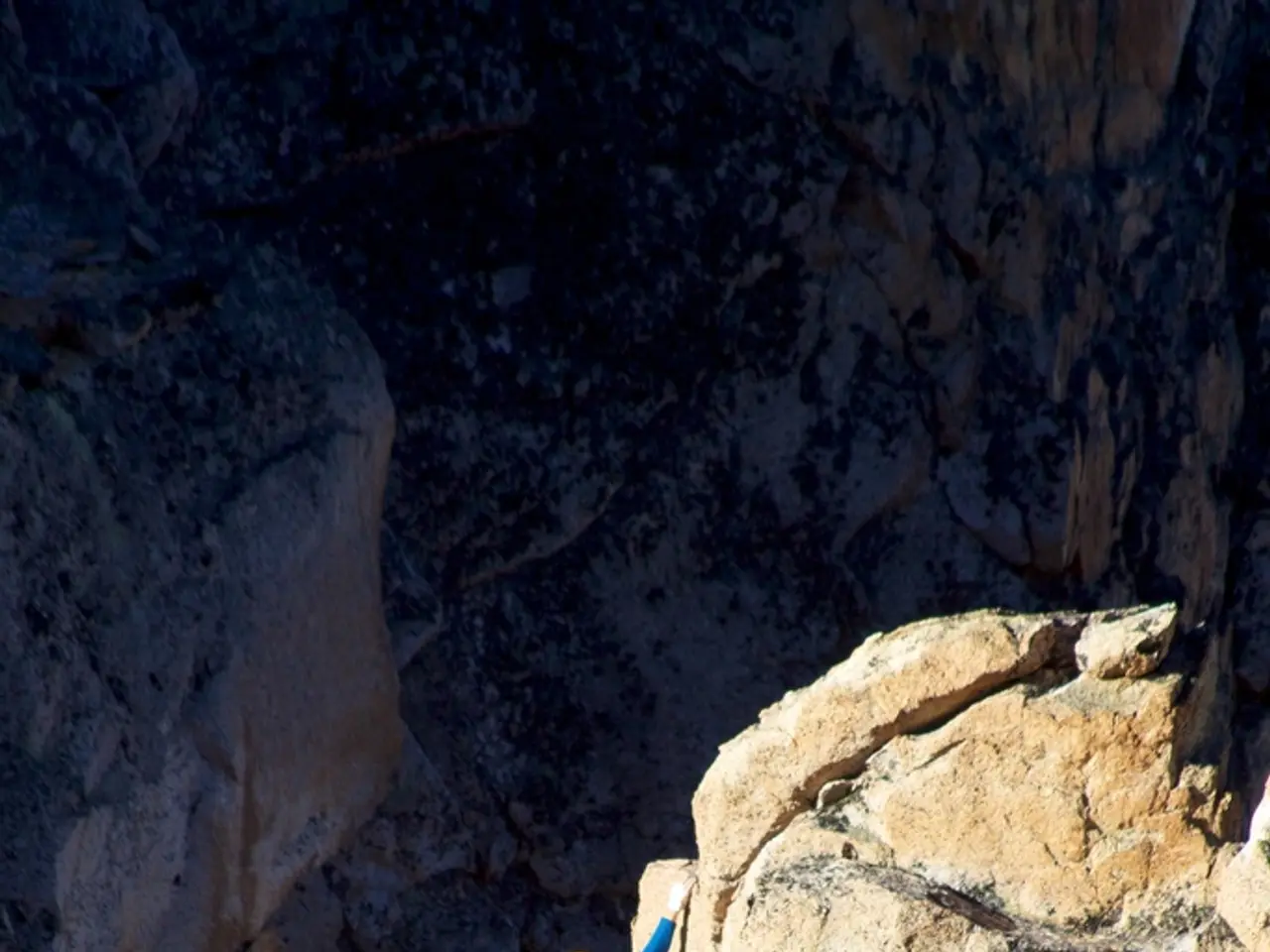Dexterity Doubled: Exploring the Benefits of Simultaneous Usage of Both Hands
================================================================
In a world where conformity has often been valued, the ability to harness ambidexterity could open up new horizons for personal and professional growth. Ambidexterity, the rare and intriguing talent of using both hands with equal skill, has a profound impact on cognitive functions, creativity, and motor skills.
Historically, left-handedness and ambidexterity were stigmatized, with children often forced to conform to right-handed norms. However, recent research suggests that embracing this unique trait could offer significant benefits.
Ambidexterity and Cognitive Functions
Ambidexterity, often related to mixed dominance or cross-dominance, can lead to disorganized brain processing. Individuals who lack a clear dominant hemisphere may experience slower neural processing, challenges in auditory and visual processing, and potential learning difficulties such as dyslexia or dyscalculia. This suggests that ambidexterity might be linked to less streamlined cognitive processing, leading to more effortful learning in some domains.
Ambidexterity and Creativity
While direct empirical evidence is limited, ambidexterity is often associated with greater interhemispheric communication, which might foster enhanced creative thinking. The ability to engage both hemispheres more equally could support flexible thinking and integration of diverse cognitive processes, though this may vary based on individual brain organization.
Ambidexterity and Motor Skills
Motor skill-wise, ambidexterity can provide functional advantages. The improved ability to perform tasks with both hands increases versatility and coordination. This can be advantageous in activities requiring bilateral hand use or when injury limits one side. Ambidexterity may enhance survival and practical skills by compensating for injury or enabling use of either hand in diverse situations.
However, some ambidextrous individuals may experience disorganized motor control or slower learning of motor skills due to less hemispheric specialization.
Advantages and Challenges of Ambidexterity
The advantages of ambidexterity include increased flexibility, enhanced adaptability if one hand is injured, and potential boosts in certain aspects of cognitive function and creativity related to bilateral brain engagement. However, ambidexterity also poses challenges related to brain lateralization that may affect processing speed and learning, such as cognitive processing inefficiencies, higher risks of learning and processing difficulties linked to mixed dominance, and sometimes inconsistent lateralization that complicates skill acquisition or causes coordination challenges.
A Summary of Ambidexterity's Effects
| Aspect | Ambidexterity Effects | Advantages | Challenges | |-----------------------|-----------------------------------------------|----------------------------------------------|----------------------------------------------| | Cognitive Function | Disorganized processing, slower info flow[1] | Potential for diverse thinking[3] | Learning difficulties, auditory/visual issues[1] | | Creativity | Possibly enhanced via bilateral brain usage[3]| Flexible and integrative thinking | Limited direct evidence, variable effects | | Motor Skills | Versatile use of both hands[2][4] | Functional adaptability, injury compensation | Possible motor control disorganization[1] |
Important Caveats
- Ambidexterity is rare, and its neurological basis is complex and not fully understood.
- Negative cognitive effects are often linked to mixed dominance rather than pure ambidexterity.
- Research findings vary, and some benefits related to creativity and cognition remain speculative or indirect.
In conclusion, ambidexterity can confer unique advantages in motor flexibility and may enhance certain cognitive and creative functions via more balanced hemispheric involvement, but it also poses challenges related to brain lateralization that may affect processing speed and learning. Training the non-dominant hand can stimulate neural activity and improve overall cognitive function. The future of ambidexterity may include applications in education and rehabilitation, potentially improving learning outcomes and helping stroke patients regain motor function. In societies that value conformity, ambidextrous individuals may experience feelings of isolation or self-consciousness. Training ambidexterity could encourage brain plasticity and improve cognitive flexibility. Ambidextrous individuals may struggle with tasks requiring strong lateralization, such as language processing and verbal reasoning. In sports, ambidexterity is a game-changer, providing a tactical advantage in tennis, basketball, and baseball. Ambidexterity is a testament to the remarkable capabilities of the human mind and body, challenging traditional notions of brain dominance and highlighting the potential for bilateral coordination in enhancing motor skills, creativity, and problem-solving. The lack of a clear hand preference in ambidextrous individuals can lead to indecision or slower task execution. Studies have found that ambidextrous children may face slightly higher rates of language and learning difficulties compared to their right- or left-handed peers. Activities like writing, drawing, or performing fine motor tasks with the non-dominant hand have been shown to enhance creativity, problem-solving, and memory. Painters like Leonardo da Vinci used their non-dominant hand to work on large canvases or create mirror writing. Ambidexterity allows for greater versatility and innovation in the arts. Ambidexterity in everyday life provides practical benefits, such as multitasking and adapting to physical challenges.
- Enhancing creative problem-solving skills in science, health, and health-and-wellness sectors may benefit from encouraging ambidexterity, as it promotes more balanced hemispheric involvement.
- Fitness-and-exercise programs could incorporate ambidexterity training to improve motor skills, increase versatility, and bolster overall physical performance.
- Integrating ambidexterity education into cultural and arts programs can foster flexibility, contribute to innovative thinking, and encourage creative expression.
- Ambidexterity, as an asset in sports, could pave the way for a new generation of athletes, offering a competitive edge in sports like tennis, basketball, and baseball.



